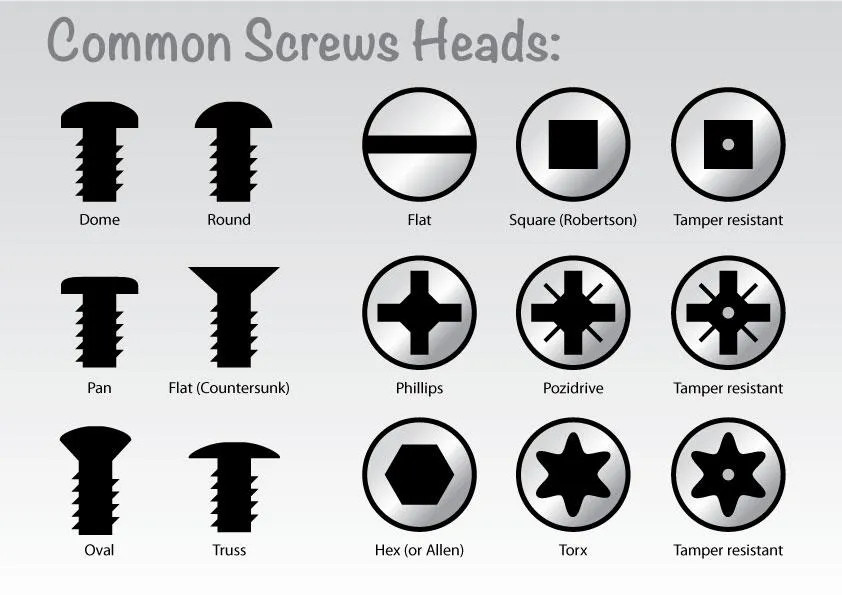Surely, while doing some kind of repair around the house, we have all used a tool for a purpose other than that for which it was designed. That typical “hand me that, let me see if it works”, removing a crosshead screw (the famous Phillips screws among others) with a flat screwdriver, driving a nail with pliers and many other examples that will surely come to the reader’s memory.
We don’t always have the right tool at hand and sometimes we can use an alternative, but there is no doubt that being able to use the right tools offers a clear advantage. For example, if a mechanic uses a Phillips screwdriver to tighten an Allen screw, he may damage the screw and make the job more difficult rather than easier, maybe not at that moment, but maybe in the future by damaging the Allen screw. On the other hand, if he uses the correct Allen wrench, he will be able to tighten the screw precisely and without causing damage. Sometimes the use of incorrect tools is not so clear and since we have already named Phillips screws, let’s continue talking about them.
It has happened to all of us that when tightening one of these screws, the screwdriver or the screw gets nicked. This usually happens because of not using the right type or number of screwdriver for that screw, since Phillips screws are precisely designed so that, using the right tool, the screwdriver will come out of the screw if too much force is applied, avoiding damage to the screw or screwdriver. In other words, we may think we are using the right tool, but we are not.

The importance of using the right tool for the job is critical to achieving efficient and accurate results. Each task has precise requirements and each tool has a specific purpose and using them improperly can lead to problems and delays on the job.
One of my uncles was captain of supertankers and he always explains that when a repair inspection was made, they not only checked the process and the result, but also the tools with which they had performed each step, to avoid using improper tools that could affect the repair later on.
Similar cases can be found in the business world. Taken to the extreme, we could make a presentation of the quarterly results of a company using Notepad, or a graphics program, but there is no doubt that the result will not be comparable to if we make the presentation with specific tools for it.
I remember in one of the companies where I worked, they used to buy only one type of computer for all the workers, no matter what kind of work they did. By buying (as they said) an average computer, the result was that there were consultants who needed to run J2EE servers on their machines and these were not powerful enough, and other consultants who worked all on remote systems that did not need so much power. In other words, they did not have the right tools; some too little some too much.
This can often lead to results that are the complete opposite of what we are looking for. For example, computers that are not very powerful or that have too many layers of security that make them slow and the users end up using their own personal computers. In this situation we would have that the employee is using a computer that is likely to be shared with other family members, that is mixed with personal stuff, that is not always properly protected, etc. In other words, we can even generate a security hole because we wanted to have excessive security, without taking into account that the employee has to be able to continue working correctly.

In the IT world there is a lot of habit of using personal things for work and vice versa, and it has many advantages (I do not deny it) but it is not always good because we can lose control of the data or see the company impacted by a threat that has been introduced when using a home computer that is not sufficiently protected or updated.
Can you imagine a mining company where the miner brings his own helmet from home or his own tools to extract the minerals?
We must always ensure that the worker uses the right tool for the job as it is essential to achieve efficient and accurate results and we must provide it to ensure this. It is important to research and know the functions and limitations of each tool before using it, and to make sure that it is adapted to the specific needs of the task and the user.
this is right. too many time we have to deal with the wrong tool,leading to wrong outcome
I like how well-written and informative your content is. You have actually given us, your readers, brilliant information and not just filled up your blog with flowery texts like many blogs today do.
With your post, your readers, particularly those beginners who are trying to explore this field won’t leave your page empty-handed.
Thank you for sharing your precious knowledge. Just the right information I needed.